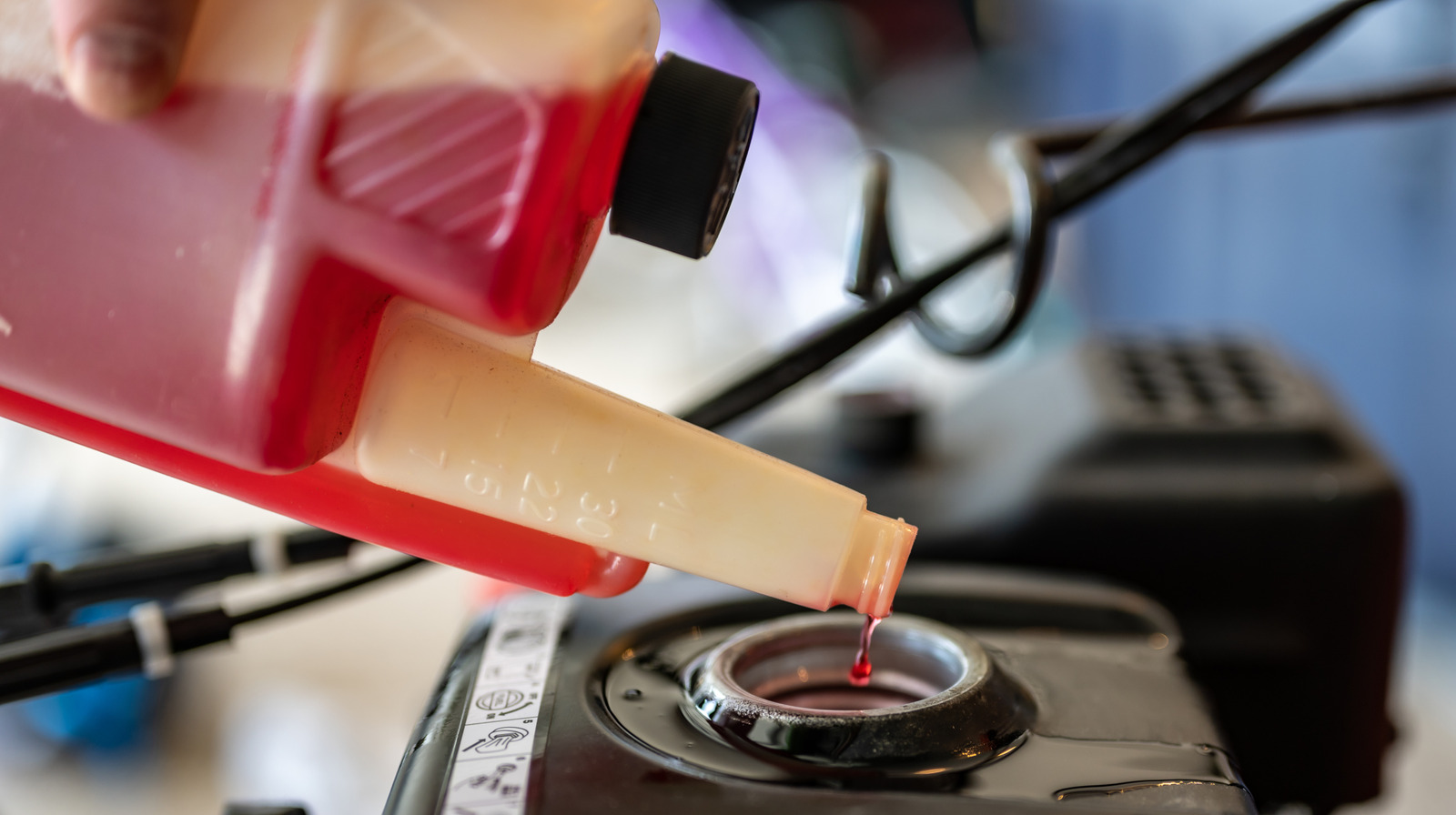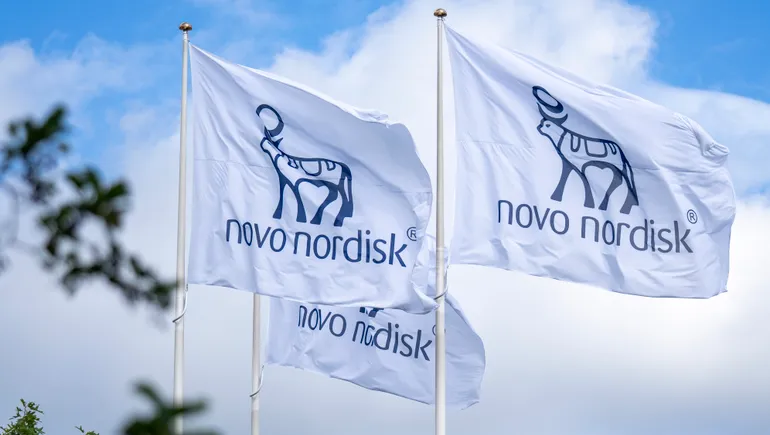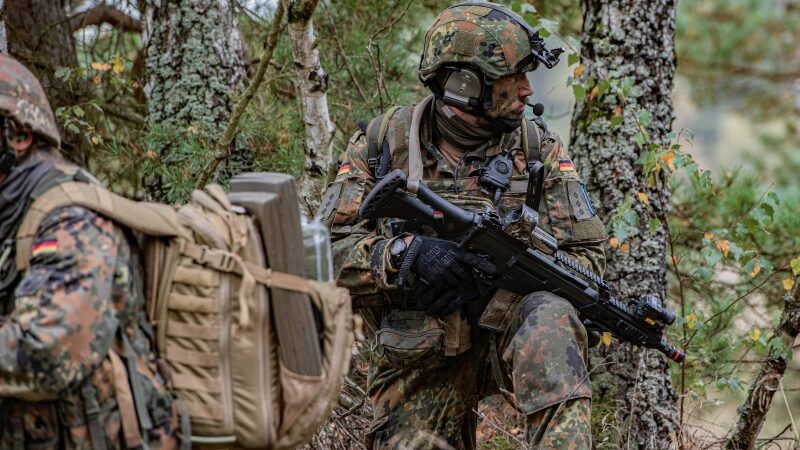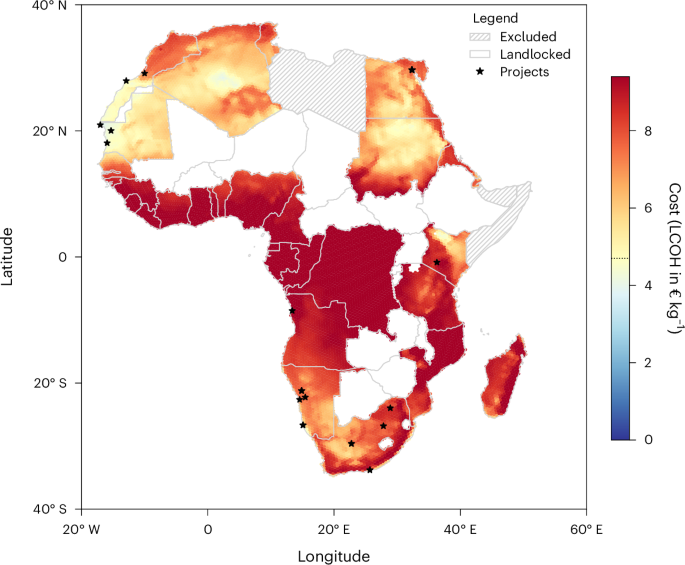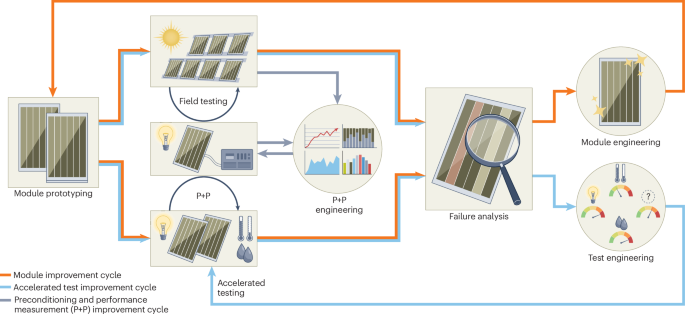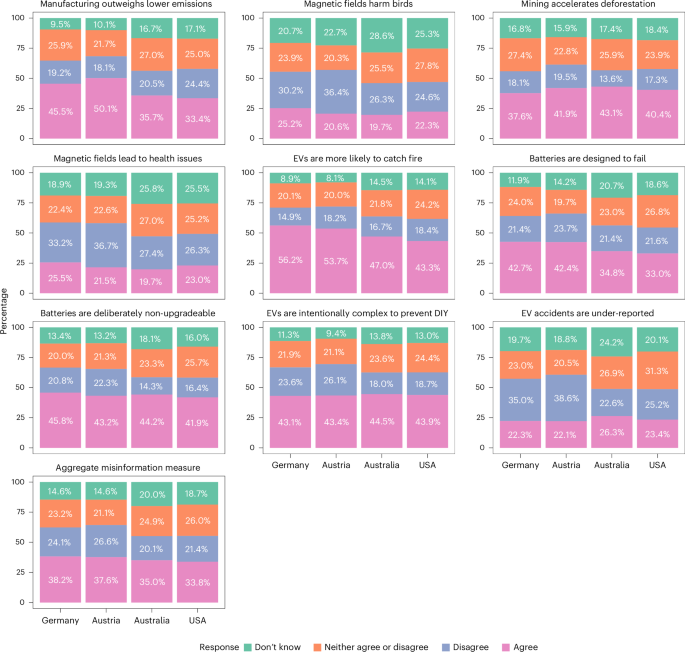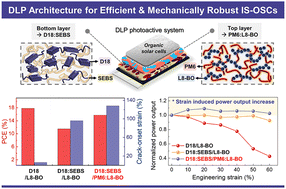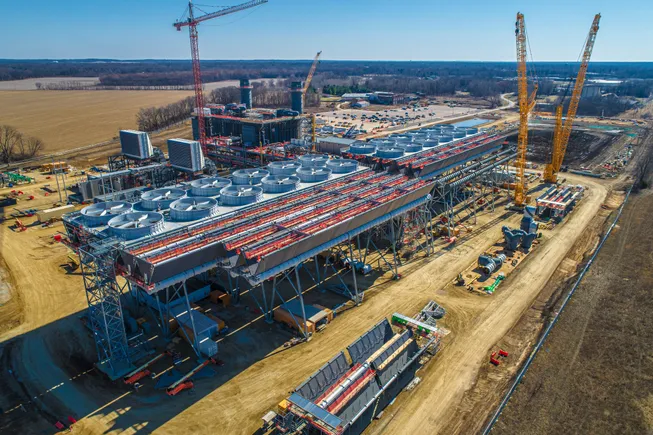Membrane Encapsulated Fe3O4@MnO@cGAMP Nanocatalyst for Cancer Therapy: cGAS‐STING Immune Pathway Activation
Advanced Healthcare Materials, Volume 14, Issue 15, 10 June, 2025.

A cell membrane-encapsulated nanocatalyst is prepared for synergistic cancer therapy combining cGAS-STING immune pathway activation and Fenton reaction. The membrane layer not only assists immune escape but also facilitates homologous targeting to the tumor site. The nanocatalyst enhances the recruitment of macrophages, stimulates the secretion of critical cytokines, and bolsters the efficacy of innate immune responses within the tumor microenvironment.
Abstract
Reactive oxygen species (ROS) mediated cell damage is one of the most popular and effective ways for cancer therapy. However, overexpressed antioxidant of reduced glutathione (GSH) is always activated in tumor cells, which maintains redox equilibrium. Attempts to deplete GSH and elevate ROS levels can be potent therapeutic strategies. Herein, tumor cell membrane-encapsulated Fe3O4@MnO and 2′,3′-cyclic GMP-AMP (cGAMP) are prepared as the nanocatalyst for cancer therapy. The ionized Fe3+/Fe2+ redox couple is utilized to initiate the Fenton reaction. Intracellular GSH level can thus be efficaciously controlled, and peroxide oxidation is catalyzed to produce excessive ROS. Meanwhile, cGAMP is released to trigger the cyclic GMP-AMP synthase (cGAS)-stimulator of interferon genes (STING) signaling axis. This targeted activation enhances the recruitment of macrophages, stimulates the secretion of critical pro-inflammatory cytokines, and consequently bolsters the efficacy of innate immune responses within the tumor microenvironment.






















